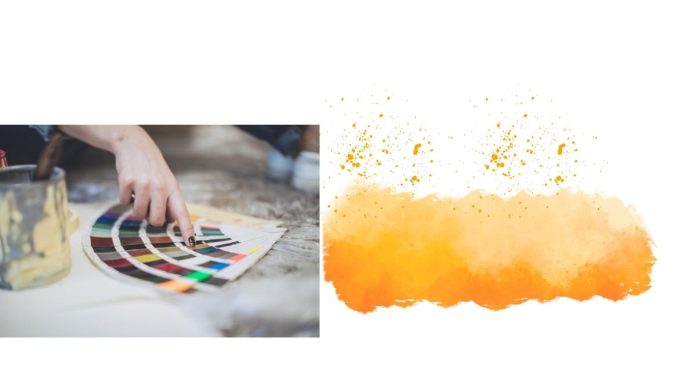The color orange is created by combining two primary colors: red and yellow.
Primary Colors
Red and yellow are primary colors, meaning they cannot be made by mixing other colors.
When combined, they create a secondary color, which in this case is orange.
Mixing Ratios
Equal Parts: Mixing equal amounts of red and yellow produces a standard, vibrant orange.
More Red: Adding more red results in a reddish-orange or a warmer, deeper shade.
More Yellow: Adding more yellow creates a yellowish-orange, which is lighter and brighter.
Tints, Shades, and Tones
1. Tints: Adding white to orange lightens the color, creating peach or pastel orange.
2. Shades: Adding black to orange darkens it, resulting in a brownish-orange.
3. Tones: Adding gray to orange softens the color, creating a muted or earthy orange.
Using Pigments or Light
In Paint: Combine red and yellow paint to create orange. Adjust the ratio for the desired hue.
In Light: In additive color mixing (used in screens and lighting), orange is created by blending red and green light.
Conclusion
The basic recipe for orange is red + yellow, but the exact hue can be adjusted by varying the proportions or adding white, black, or gray for different effects.


